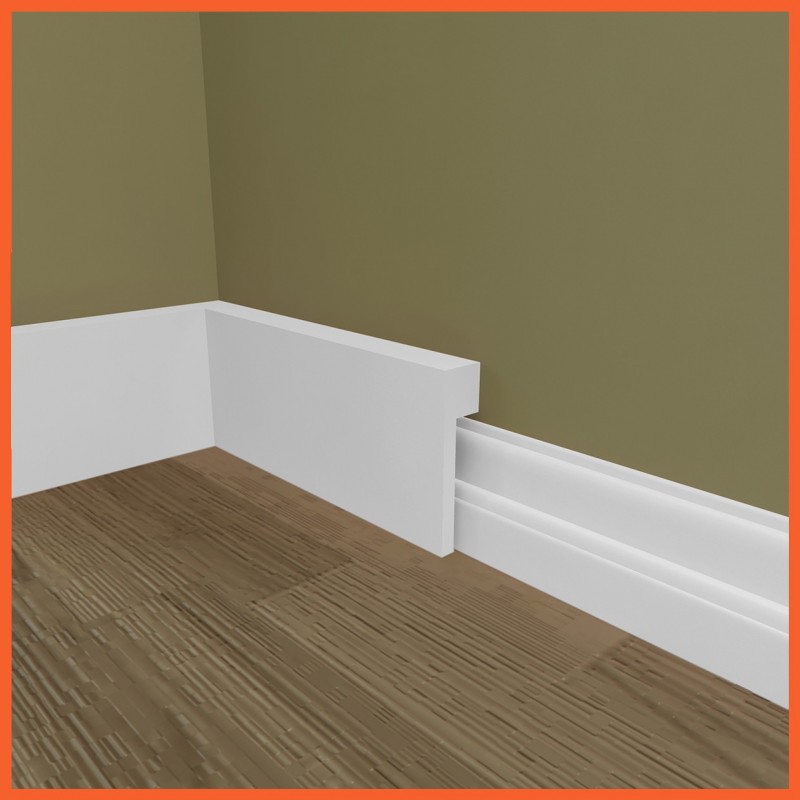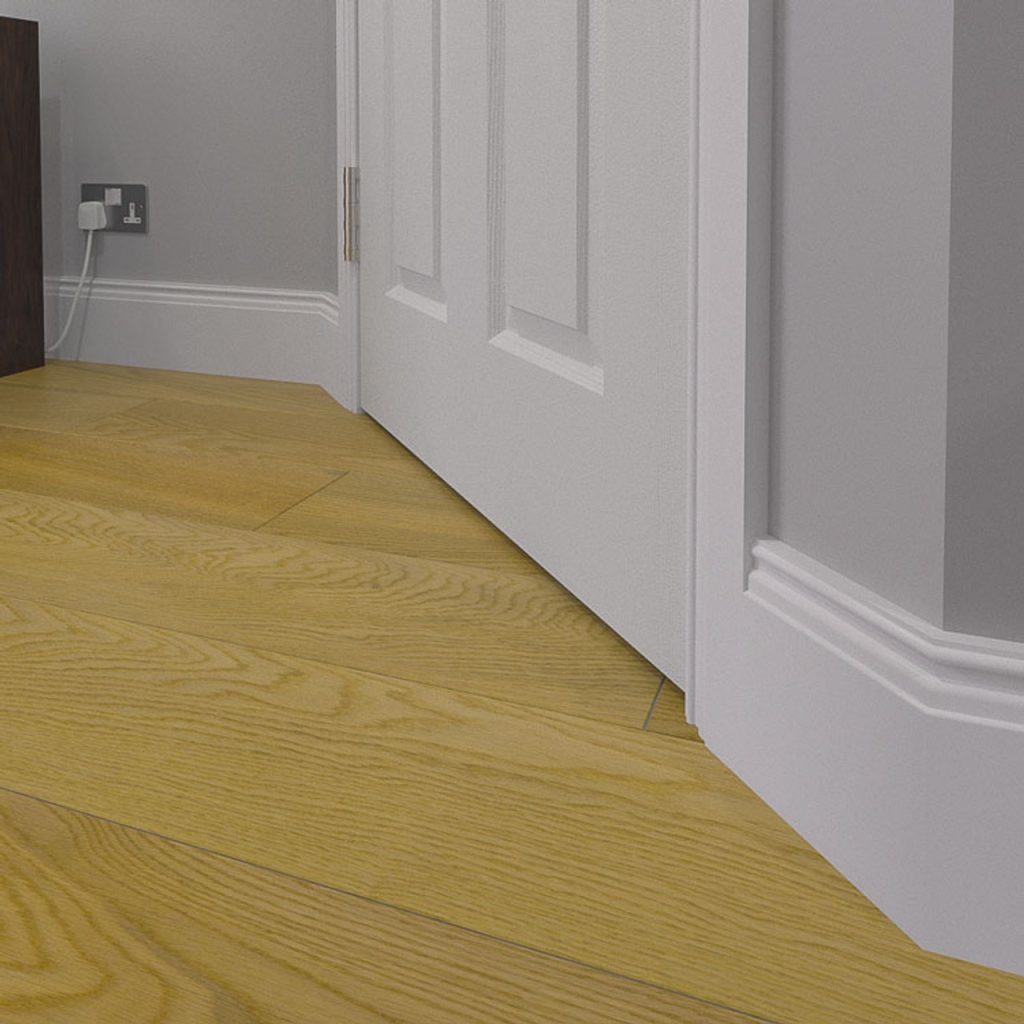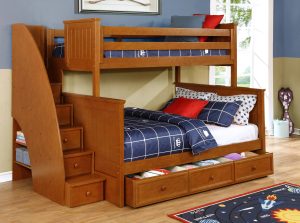
When it comes to deciding which type of trim to use in a room, many homeowners wonder what the difference is between a skirting board and a baseboard, and which one they should choose. This article takes a closer look at both types of board to help you make an informed decision when to buy skirting board or baseboard for your home.

Buying skirting: What is it?
A skirting board (or ‘baseboard’) is a type of trim that is installed around the perimeter of a room to cover the bottom edge of wallboard or drywall. It consists of two parts; the base, which is attached to the floor, and the top, which can be finished with any material such as wood, laminate, vinyl or plastic. The purpose of skirting board is twofold; firstly to hide unsightly gaps or edges at the base of walls and secondly to protect both wall panels and flooring from damage caused by furniture legs, vacuum cleaners etc.
What is baseboard?
Baseboards are similar in design to skirting boards, but are purely decorative rather than functional. They are usually made up of one piece rather than two separate pieces like skirting boards and are usually made from wood, although other materials such as PVC can also be used. Like skirting boards, they come in different heights depending on personal preference, but typically range from 4″ to 12″ high. Baseboards provide a more decorative finish to walls than simple skirting boards, as they often feature ornate designs such as raised sections or intricate mouldings.
Which type of moulding is better for your home?
Both types of skirting have their own advantages and disadvantages, so it’s not necessarily one that’s better than the other; it simply depends on your individual needs and preferences. If functionality is your priority, then skirting boards make more sense as they provide extra protection against bumps and scrapes, whereas if aesthetics are important, then baseboards are a better choice as they can add style to otherwise plain walls. In some cases, however, you may want both; installing both types together creates a uniform look while still providing protection and an attractive finish.
How do you choose the right style and finish for your room?
Once you’ve decided which type(s) of cladding is best for you, there are other factors to consider such as colour/style/finish etc., all of which can affect how well it will work with the existing decor in your room. Generally speaking, natural tones such as white, cream or grey tend to work best as they don’t detract too much from other features in your home, but if you’re looking for something more eye-catching, why not opt for an unconventional colour such as blue or green? Alternatively, if you’re looking for something subtle yet classic, choose either lacquered wooden mouldings or ones with intricate designs/patterns that emphasise traditional elegance without being too overbearing.

Conclusion
The answer ultimately depends on what is most important to you – if practicality is key then go with skirting, whereas if aesthetics are most important then baseboard would be preferable, but if you want both then try combining them for maximum effect! Whichever option you choose, remember that careful selection can really enhance any room, so take some time to explore different options before committing to a particular style or finish – good luck!



